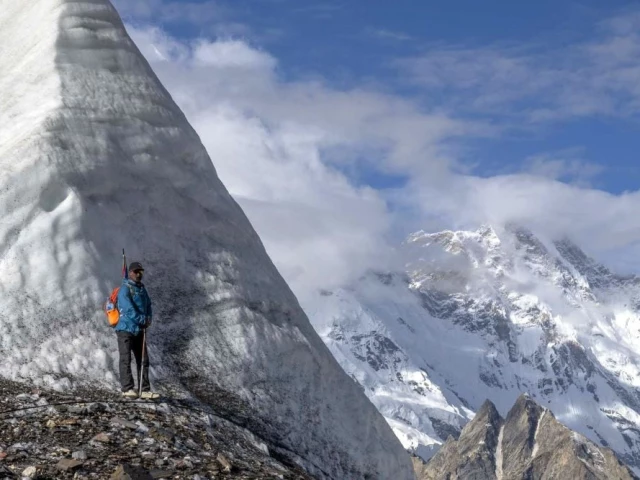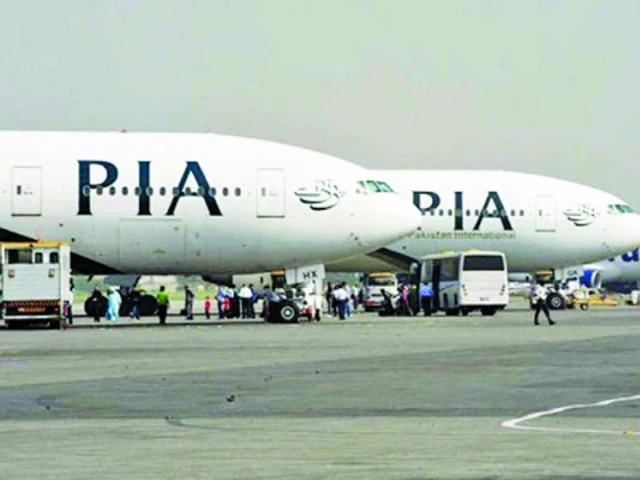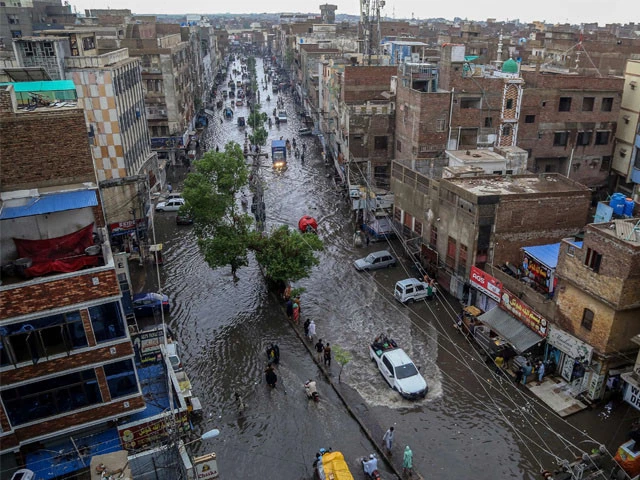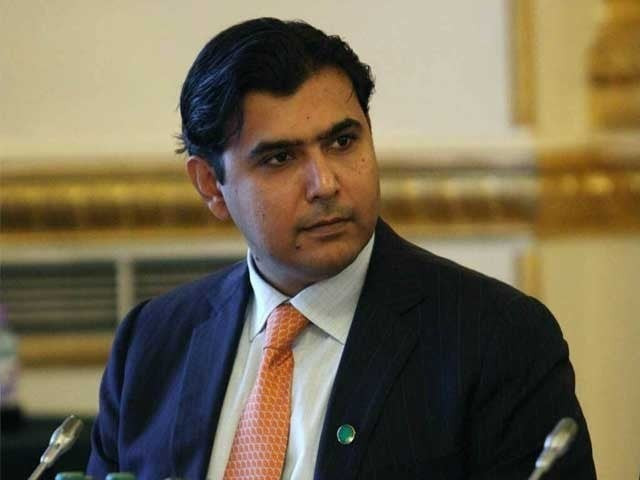The Decline of Pakistan’s Climbing Tourism: Challenges and Hopes for Revival
Pakistan’s stunning northern peaks have long captivated climbers from around the world. However, this season, foreign arrivals have plummeted by nearly 90%, jeopardizing not just mountaineering ventures but also the local tourism economy. Factors contributing to this decline include severe climate changes, regional conflicts, and significant hikes in climbing fees.
In the breathtaking Gilgit-Baltistan region, home to five of the 14 tallest mountains globally—like K2 and Nanga Parbat—only 270 foreign climbers embarked on expeditions this summer, a stark drop from over 2,000 last year. Karrar Haidri, vice president of the Alpine Club of Pakistan, highlighted that harsh weather conditions, including avalanches and high winds, have hampered many expeditions. In a year where the nation is battling devastating floods that have displaced millions, the challenges are multi-layered.
Moreover, political instability plays a role. Recent conflicts between Pakistan and India, alongside global tensions like the war between Israel and Iran, further deterred prospective climbers. This season, only 40 climbers successfully summited K2, reflecting the adverse conditions and broader concerns influencing tourism.
The impact of declining tourist numbers ripples through the local economy. Businesses reliant on climbing tourists—hotels, transport services, and even street vendors—are struggling. Ashraf Ali Raza Sadpara, a seasoned porter and three-time K2 summiteer, expressed the despair of a season he described as a "nightmare." With fewer expeditions, many skilled local porters find themselves out of work, exacerbating economic hardships for families who depend on this income.
To compound the situation, climbing fees have skyrocketed. The price to climb K2 has doubled from $1,750 to $3,500, which has led many climbers to cancel long-planned expeditions. Anwar Syed, an expedition operator, noted that such steep increases discourage climbers, making an already challenging situation worse. While the Gilgit-Baltistan Tourism Department defends the hike as necessary to protect the environment, the sharp rise in fees remains a contentious topic among prospective climbers.
Looking ahead, there’s hope for a resurgence in tourism. Industry stakeholders are passionate about finding a balance between promoting climbing and protecting these majestic mountains. The connection between economic stability in Gilgit-Baltistan and the success of its tourism sector is undeniable. With concerted efforts and strategic marketing, there is potential for a brighter future.
If you’re keen on exploring more about Pakistan’s majestic landscapes and the resilient spirit of its local communities, connect with Pro21st for insights and updates related to travel in the region. Together, we can support these incredible stories and the people behind them.
At Pro21st, we believe in sharing updates that matter.
Stay connected for more real conversations, fresh insights, and 21st-century perspectives.





